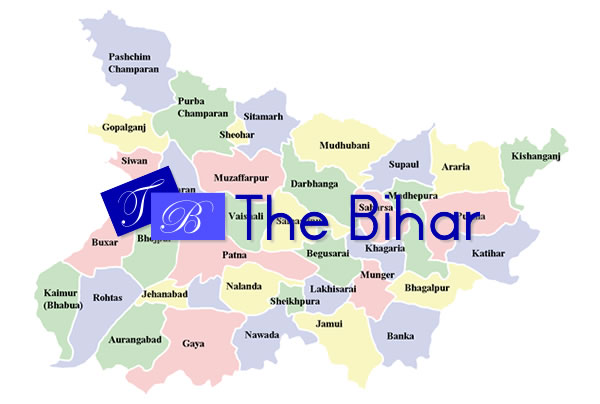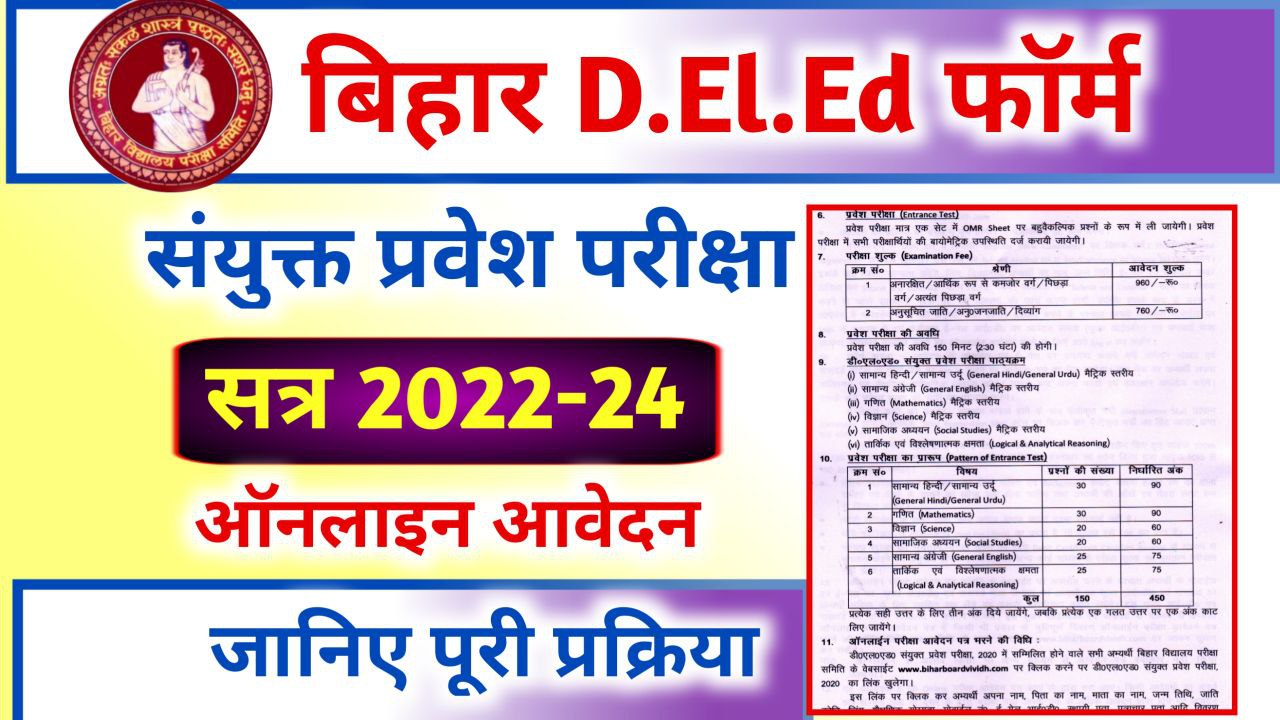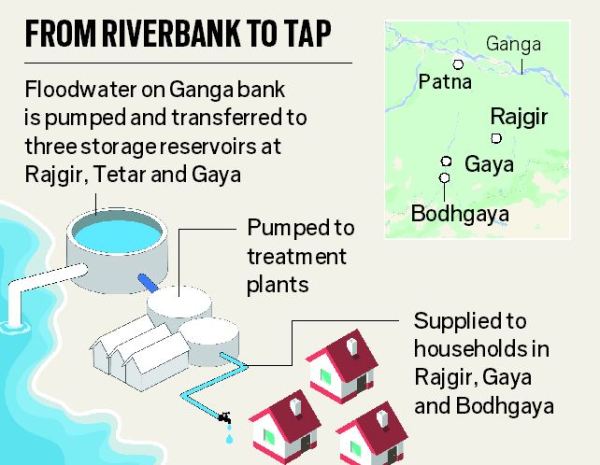Quality and equality in education in Bihar
2 min read Having weaned them from baby food and breast milk, it’s that time of the year when the breeders, succumbing to their parental instincts, prepare to drag their unwilling offspring off to get their first taste of the bitter-sweet water of knowledge that begins as a trickle in nursery school. Ergo, it’s school admission time folks, and the Mammas and the Pappas of Patna are ready to push, shove, and jostle against one another at the gates of the best schools in town – all in a glorious effort to secure their Baby’s right to education.
Having weaned them from baby food and breast milk, it’s that time of the year when the breeders, succumbing to their parental instincts, prepare to drag their unwilling offspring off to get their first taste of the bitter-sweet water of knowledge that begins as a trickle in nursery school. Ergo, it’s school admission time folks, and the Mammas and the Pappas of Patna are ready to push, shove, and jostle against one another at the gates of the best schools in town – all in a glorious effort to secure their Baby’s right to education.
The state government would like us to believe that even the not-so-well-off are equally eager to have their kids take a swig or two from the sparkling stream of knowledge, and that’s why enrolment figures have reached 96% in Bihar.
In 2010 when the Right to Education (RTE) Act came into force, Bihar had three years to get its own act together. It had to provide enough schools, enough teachers, enough classrooms, enough toilets and enough drinking water for 8.60% of the school-going population of India. And above all this, Bihar – one of the poorest and most populous states – was to ensure that the kids actually learn in these schools. The latest Annual Status of Education Report (ASER) published by an NGO has yet again shown Bihar in a ‘poor light’. Briefly, it says a sizeable number of students in elementary schools that they surveyed across Bihar have abysmally low reading, writing and mathematical skills.
The three-year compliance period for the RTE Act is over. True, the state government has not been sleeping. The chaps whose job it is to deliver elementary education have been burning the midnight oil. Through the Bihar Education Project Council (BEPC) that runs the Sarva Shiksha Abhiyan, the state government initiated several measures and passed almost all the necessary statutory orders to ensure effective implementation of RTE rules. The number of government-run elementary schools jumped from 50,375 to 69,772 during the period. In 2007, there were 23 lakh children who were ‘out of school’. Today the number has gone down to about 28 thousand.
Visits to schools to ascertain the impact of the Bihar Education Quality Mission, set up in 2011 revealed there are several things happening at grassroots level that are hardly ever reported. Primary school teachers now have learning facilitation manuals that help them with classroom transactions and to assess student competencies. Morning assembly has become a regular feature in all schools, and one can see the students lined up and reciting the pledge or singing an inspirational song in practically every government primary or middle school.
The best way for capacitating these schools would be for the government and public functionaries to stop jostling at the gates of highly priced teaching shops and begin enrolling their kids in government schools. After all, wouldn’t the village school headmistress be especially alert if the district magistrate’s daughter or the education minister’s grandson was studying in her school?
Courtesy: TNN



